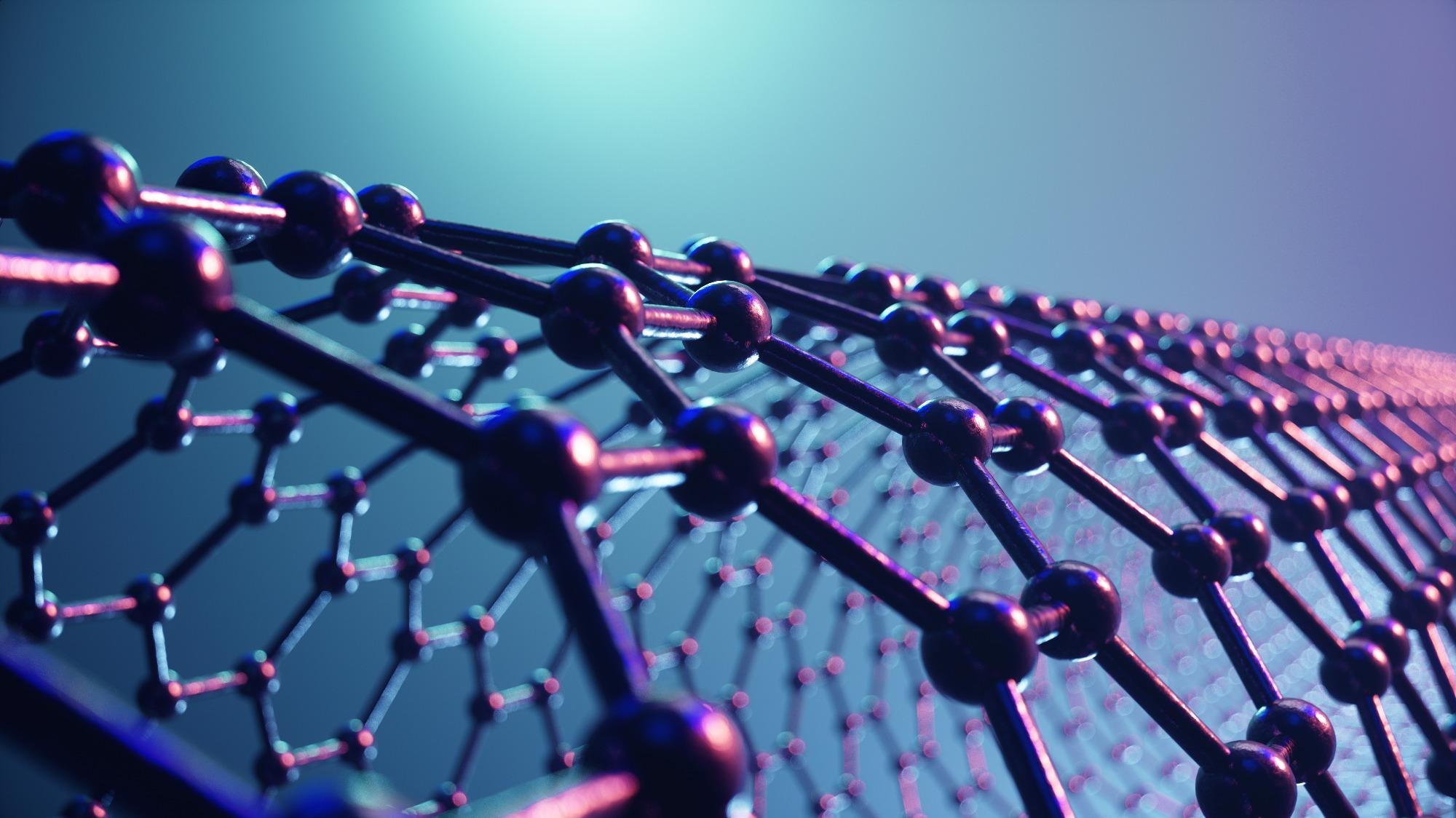Feb 5 2021
In contemporary society, catalysts are crucial materials through which raw materials can be selectively converted into useful products and, at the same time, waste is reduced and energy is saved.

Image credit: Rost9/shutterstock.com
With regard to industrially pertinent oxidative dehydrogenation reactions, most of the familiar catalyst systems are built on transition metals, like silver, iron, molybdenum, or vanadium.
There are inherent disadvantages related to the use of transition metals, for example, rare occurrence, toxicity, and environmentally harmful mining processes. Hence, the fact that pure carbon has catalytic activity in this kind of reaction and, therefore, has excellent potential as a sustainable replacement material, is of major interest.
So far, the development of carbon-based catalysts meant for oxidative dehydrogenation reactions could be categorized into two generations. Here, the first generation of carbon catalysts was actually inspired when the catalytic activity of coke deposits was detected on metal-based catalysts for oxidative dehydrogenation.
Following this, chiefly amorphous carbon materials, like carbon black or activated carbon, were analyzed.
While such early catalysts displayed considerable selectivity and activity, they had inadequate oxidation stability and were subsequently replaced by the second generation of carbon-based dehydrogenation catalysts denoted by carbon nanomaterials, for example, carbon nanotubes.
The benefit of nanocarbons over the first generation of amorphous catalysts mainly emerges from their crystalline microstructure, which not only accounts for a sufficient oxidation resistance but also allows for high redox activities.
Considering that internal porosity is absent in nanocarbons, these active sites are situated on the exterior surface, rendering them instantly accessible to reactants.
But nano carbons display certain disadvantages during handling, such as unclear health risks or powder and fixed beds, and hence, these nano carbons are yet to be used as catalytic material in industrial applications.
Given the high potential of carbon catalysts in oxidative dehydrogenation reactions, the research team of Professor Bastian J. M. Etzold has been working for many years on the development of new groups of carbon with the goal to impart the exceptional catalytic properties of nanocarbons to traditional carbon materials that are easy to handle.
Back in 2015, it was demonstrated that carbide-derived carbons can theoretically be used for achieving analogous catalytic properties to carbon nanomaterials (Chem. Mater. 2015, 27, 5719.).
But since carbide-derived carbons merely serve as model materials for investigational purposes because of their complex synthesis, the underlying research objective of designing a reproducible and scalable synthetic method to technically valuable carbon catalysts remained.
Felix Herold, a PhD student in the Etzold group, has recently succeeded in producing a novel generation of carbon catalysts that is better than nanocarbons in several respects. Herold performed the study in association with Professor Wei Qi from the Shenyang National Laboratory of Material Science in Shenyang, PR China, and with Professor Jan Philipp Hofmann from the Surface Science Laboratory at TU Darmstadt.
The development of the new carbon catalysts is built on polymeric carbon precursors that can be created by an easily scalable and reproducible synthetic route while offering superior control of the morphology of the resultant carbon.
The team used catalytic graphitization and showed that nanoscale graphite crystallites can possibly be grown within the carbon matrix during the pyrolysis of the polymer precursor.
Key to this context appears to be the presence of massive conjugated (graphitic) domains defined by a high density of flawed sites, in which oxygen surface groups, like ketonic carbonyl groups, are produced at the time of the reaction.
The activity of such surface groups also appeared to increase via the adjacent conjugated (graphitic) domains, which can serve as electron storage.
Catalytic graphitization produces an amorphous/graphitic hybrid material containing the previously grown graphite crystallites encircled by an amorphous carbon matrix. To achieve an active dehydrogenation catalyst, selective oxidation is used to remove the amorphous carbon.
This method opened the pore structure of the carbon material and provided access to the catalytically active graphite domains.
The researchers selected the oxidative dehydrogenation of ethanol as a test reaction of great practical interest, as this offers a catalytic connection between acetaldehyde, a significant intermediate in today’s industrial chemistry, and bioethanol, which can be easily extracted from renewable resources.
When compared to the standard carbon nanotube catalyst, the latest class of carbon materials could provide up to 10 times higher space-time yields.
The new carbon catalysts described in this study are highly significant, because they pave the way to a novel group of materials, the potential of which has not been evaluated because of numerous optimization possibilities of the flexible synthetic pathway.
Besides the use of the new group of carbon catalysts in the oxidative dehydrogenation of other applicable substrates, like alkanes and other alcohols, it is also believed that the scope of application will also be extended to photo- and electrocatalysis.
Journal Reference:
Herold, F., et al. (2021) Nanoscale Hybrid Amorphous/Graphitic Carbon as Key Towards Next‐Generation Carbon‐Based Oxidative Dehydrogenation Catalysts. Angew. Chem. Int. Ed.doi.org/10.1002/anie.202014862.